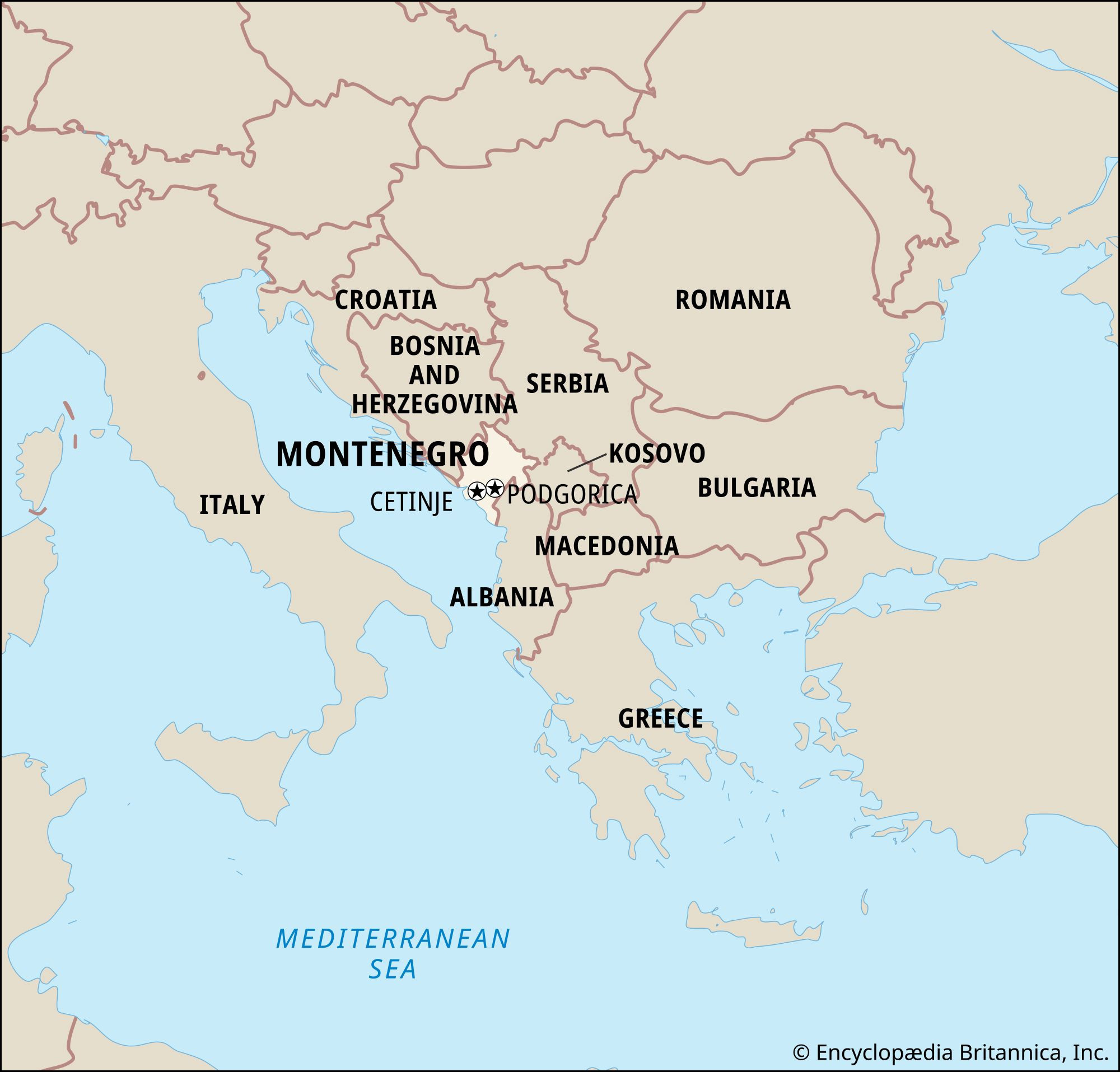Montenegro, a country celebrated for its stunning natural beauty and rich history, often sparks curiosity about its precise geographical location. Nestled in Southeastern Europe, Montenegro occupies a strategic and picturesque corner of the continent. To answer the fundamental question, Montenegro is located in the west-central Balkans, at the southern edge of the Dinaric Alps. This puts it in a region renowned for its dramatic landscapes and cultural crossroads.
Geographically, Montenegro boasts a diverse landscape within its relatively small borders. It’s where rugged mountains meet a sparkling coastline, offering a unique blend of Mediterranean charm and alpine grandeur. Its location makes it a fascinating point of intersection between various European regions and cultures.
To get more specific, Montenegro is bordered by several countries, each contributing to its unique regional identity:
- To the southwest: The Adriatic Sea and Croatia define its stunning coastline, a major draw for tourists and a historical gateway for trade and cultural exchange.
- To the northwest: Bosnia and Herzegovina shares its border with Montenegro, contributing to the inland mountainous terrain and shared Balkan heritage.
- To the northeast: Serbia lies adjacent to Montenegro, a relationship marked by shared history and cultural ties, particularly during their time together in Yugoslavia and Serbia and Montenegro.
- To the east: Kosovo borders Montenegro, adding another layer to the Balkan context and influencing regional dynamics.
- To the southeast: Albania completes the circle of neighboring countries, adding to the Mediterranean influence and contributing to the diverse cultural tapestry of the region.
This positioning in the Balkans places Montenegro at a fascinating intersection of cultures and histories. It has been influenced by Mediterranean, Slavic, and Ottoman cultures, creating a unique European identity.
 Montenegro within Europe, highlighting its Balkan location
Montenegro within Europe, highlighting its Balkan location
Montenegro’s location is not just about its neighboring countries; its internal geography is equally defining. The country is characterized by a striking variety of terrains, from high mountains to coastal plains.
Key geographical features of Montenegro include:
- The Dinaric Alps: These mountains dominate much of Montenegro’s landscape, especially in the eastern districts. They are responsible for the dramatic, rugged beauty of the country, offering breathtaking views and challenging terrains. Mount Durmitor, a prominent part of these Alps, showcases this mountainous splendor.
- A Narrow Coastal Plain: Stretching along the Adriatic Sea, this plain is a contrast to the mountainous interior. While narrow, it’s a vital area, home to coastal towns and a Mediterranean climate. This plain dramatically disappears in the north where mountains rise directly from the Gulf of Kotor.
- The Karst Region: Predominantly in the southwest, this region is characterized by soluble rocks like limestone, leading to unique formations like sinkholes and underground caves. This terrain, while seemingly arid, holds hidden fertile pockets and historical significance, particularly around Cetinje.
- Mount Lovćen: Historically significant and geographically central, Mount Lovćen is near the Adriatic Sea and has been a Montenegrin stronghold for centuries. Its “Black Mountain” characteristic is where Montenegro (“Crna Gora”) gets its name.
- Lake Scutari (Skadarsko Jezero): Located near the coast and shared with Albania, this is the largest lake in Montenegro and a significant natural feature, contributing to the biodiversity and beauty of the region.
- River Systems: Montenegro’s drainage is split, with rivers like Piva, Tara, and Lim flowing north towards the Danube via the Drina, and Morača and Zeta rivers flowing south towards the Adriatic. This complex river system shapes the landscape and ecosystems of the country.
 Montenegro map showing key geographical features and cities
Montenegro map showing key geographical features and cities
Montenegro’s cities also reflect its diverse geography. Podgorica, the administrative capital, is centrally located and experiences warmer temperatures. Cetinje, the historical and cultural heart, sits in the Karst region, at a higher elevation with a cooler climate. Coastal towns like Bar and those in the Gulf of Kotor enjoy a Mediterranean climate and coastal lifestyle.
In conclusion, Montenegro’s location in the west-central Balkans is fundamental to understanding its identity. It’s a place where Southern Europe meets Eastern Europe, where mountains embrace the sea, and where history and natural beauty converge. Knowing where Montenegro is located is the first step to appreciating its unique charm and significance in the European landscape. Its precise position makes it a jewel of the Balkans, inviting travelers and geography enthusiasts alike to explore its multifaceted appeal.
